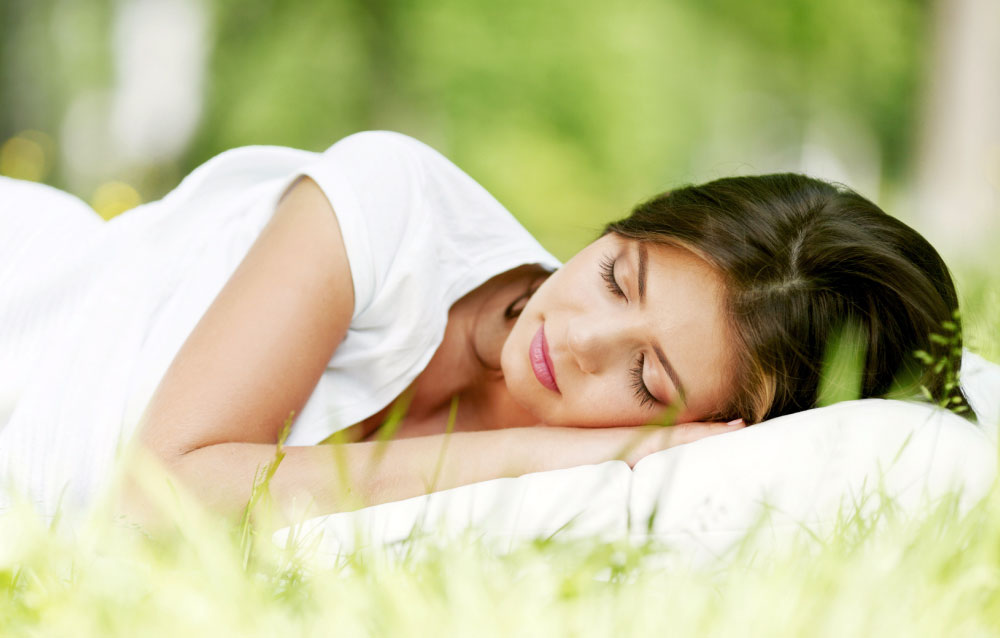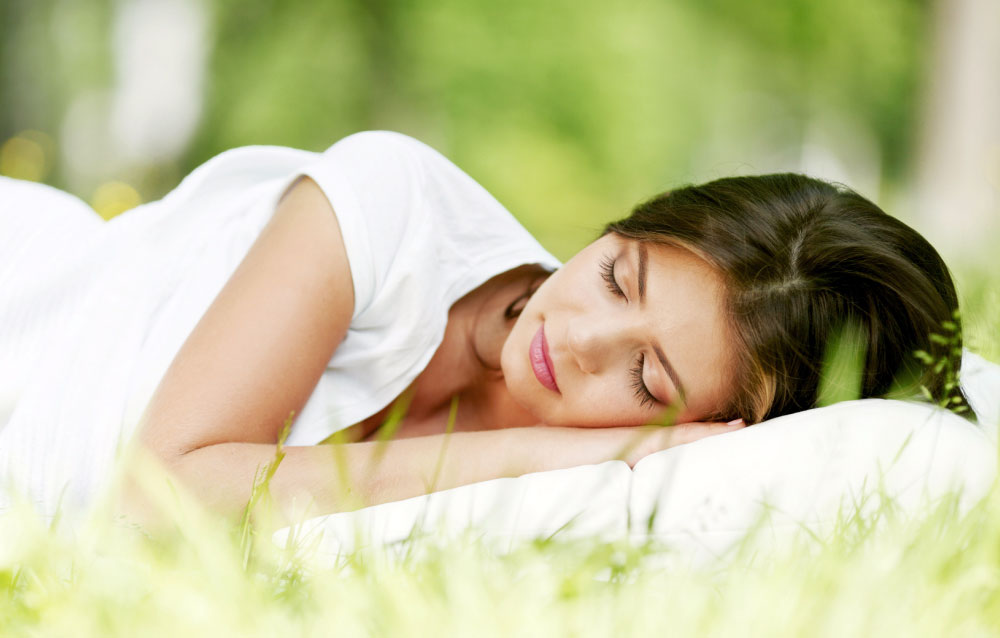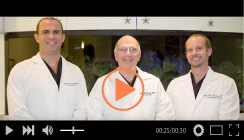Narcolepsy
It’s more than exhaustion – we can help you lead a more normal life.
This page is still under construction
Please check back soon
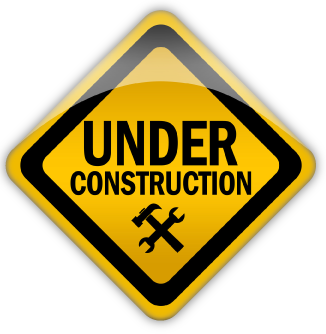
Thanks for your interest!
CPAP/BIPAP Therapy
Most people are able to tolerate CPAP devices very well after the initial familiarization period.
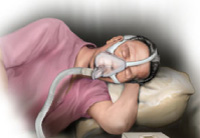 Positive airway pressure devices deliver a precise amount of air to prevent the collapse of the airway that is responsible for obstructive sleep apnea and snoring. A CPAP mask is fitted at our sleep center by a sleep technologist who changes the pressure levels while directly observing the effects on the patient’s sleep apnea and snoring. This titration procedure is done over the course of a night and usually allows for exact control and elimination of the sleep problem. Most people are able to tolerate CPAP devices very well after the initial familiarization period. Different size and style masks and machines are available, including nasal and oral masks.
Positive airway pressure devices deliver a precise amount of air to prevent the collapse of the airway that is responsible for obstructive sleep apnea and snoring. A CPAP mask is fitted at our sleep center by a sleep technologist who changes the pressure levels while directly observing the effects on the patient’s sleep apnea and snoring. This titration procedure is done over the course of a night and usually allows for exact control and elimination of the sleep problem. Most people are able to tolerate CPAP devices very well after the initial familiarization period. Different size and style masks and machines are available, including nasal and oral masks.
Although CPAP is the most commonly prescribed device, many people will prefer a BIPAP machine, which offers a two-stage process delivering patients a higher pressure when inhaling and lower pressure when exhaling. Other machines with a C-FLEX feature are self adjusting, delivering only increased pressure when apnea occurs.
Nasal stuffiness and congestion may occur initially with CPAP/BIPAP therapy. This is usually self limited and will resolve within a month. Nasal saline and prescription nasal sprays may be helpful during this initial period. Fortunately, most machines are trouble free, lightweight and portable with a battery power option for those who frequently travel, camp or have unreliable power sources.
Sleep Apnea and Snoring
A thorough examination by our physicians is necessary to help determine the true cause of snoring.
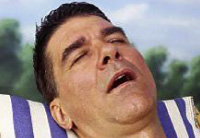 More than 5 percent of the adult population suffers from significant sleep apnea, a serious medical problem that occurs in a sleeping person when the throat and upper airway become blocked. The muscles in the throat and neck may relax, thereby creating an increased laxity and floppiness of the tissues. These tissues may actually collapse the airway, creating a breathing obstruction and one must actually wake up slightly to tighten the tissues to allow breathing to continue. This cycle of repeated awakening can happen hundreds of times to the same person each night. More frequent cycles and longer breathing pauses are usually associated with more severe apnea symptoms.
More than 5 percent of the adult population suffers from significant sleep apnea, a serious medical problem that occurs in a sleeping person when the throat and upper airway become blocked. The muscles in the throat and neck may relax, thereby creating an increased laxity and floppiness of the tissues. These tissues may actually collapse the airway, creating a breathing obstruction and one must actually wake up slightly to tighten the tissues to allow breathing to continue. This cycle of repeated awakening can happen hundreds of times to the same person each night. More frequent cycles and longer breathing pauses are usually associated with more severe apnea symptoms.
The possible signs of sleep apnea include: gasping or snorting during sleep, waking up tired after a full night’s sleep, morning headaches, daytime fatigue and sleepiness, ability to fall asleep very quickly, memory and concentration problems, attentiveness trouble, irritability and childhood behavioral problems. Sleep apnea can increase the risk of developing high blood pressure, heart problems, strokes and depression. It also can increase the risk of motor vehicle and heavy machinery accidents.
Snoring is not only an annoying problem, it can also be a sign of sleep apnea. Forty-five percent of adults snore at least occasionally and twenty-five percent are habitual snorers. It can stress and strain many relationships and marriages; some even end due to snoring. Snoring usually is caused by redundant tissue in the soft palate and tongue. The nose and nasopharynx behind the nose also can play a role. A thorough examination by one’s physician, often utilizing endoscopic techniques, is necessary to help determine the true cause of snoring. Sleep testing is important for people who snore and who exhibit symptoms of sleep apnea or experience irregular breathing events while sleeping.
Treatment for sleep apnea can involve both conservative measures as well as surgery for those with persistent symptoms. Conservative measures include weight loss, healthy diet and exercise, and alcohol, antihistamine and sedative avoidance. Apnea sufferers should sleep on the side rather than on the back, and raise the head of the bed 6 inches; dental appliances and splints may also be of help. Those who have persistent problems despite these measures may benefit from surgery, including palatal procedures both in office and hospital to reduce the size and stiffen the soft palate, and office procedures performed under local anesthesia with an FDA-approved temperature-controlled radiofrequency device.
The “gold standard” procedure is the Uvulopalatopharyngoplasty, (UPPP) during which a portion of the soft palate is removed and tightened with dissolvable sutures. The tonsils, if present, are often removed at this time. This procedure, performed under general anesthesia in the operating room of the hospital, usually completely eliminates the snoring and often greatly improves the apnea. Ancillary procedures such as radiofrequency reduction of the tongue base as well as nasal septoturbinoplasty to assist in nasal breathing, can also be required to achieve the best results.
Patient Education
Sleep Disorders
An assortment of conditions that will affect your good night’s sleep…
and the treatments we can offer to help eliminate them.
 Sleep Apnea and Snoring
Sleep Apnea and Snoring
Not only an irritation, but a potential medical problem.
 CPAP/BIPAP Therapy
CPAP/BIPAP Therapy
Positive airway pressure devices that help prevent apnea and snoring.
 Restless Leg Syndrome
Restless Leg Syndrome
You may not even know you have it. We have a number of treatments.
 Insomnia
Insomnia
1 out of 3 adults can have the problem. You don’t have to be one of them.
 Pediatric Snoring and Sleep Apnea
Pediatric Snoring and Sleep Apnea
The cause of many childhood problems.
 Narcolepsy
Narcolepsy
It’s more than exhaustion - we can help you lead a more normal life.
 Sleep Tips
Sleep Tips
Some common (and not-so-common) sense suggestions.

